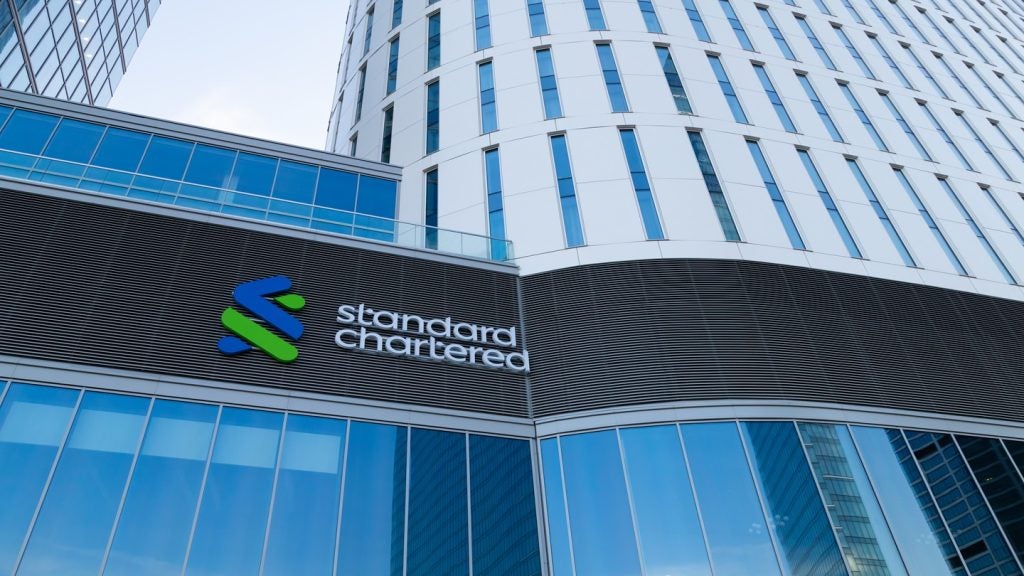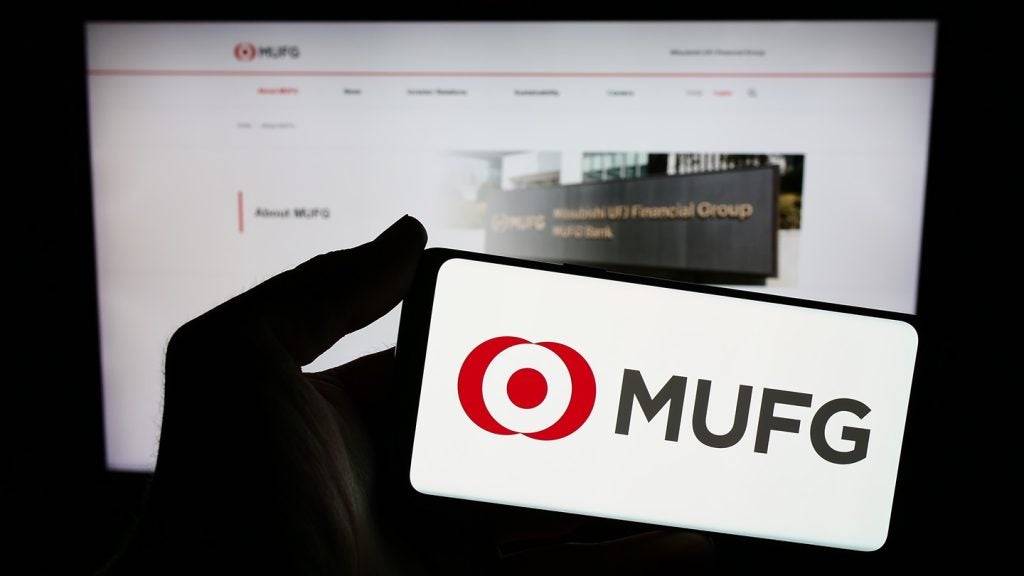accumulated $600 billion in client assets under management between
them, tripling their wealth business in the region over the last
five years.
The leading force remains UBS with an estimated $100 billion of
client assets at the end of 2007, followed closely by Citigroup
with $80 billion, according to an Asian private banking league
table produced by Roman Scott, a regional wealth expert.
But that $600 billion total, up from $200 billion five years
earlier, underlines just how little classic Western private banking
services have penetrated the high net worth markets in Asia. Asian
personal wealth, excluding Japan, is estimated by Boston Consulting
Group to have stood at $10.6 trillion at the end of 2006 – meaning
private banks still roughly have only about 5 percent of the Asian
HNW market between them.
Scott is managing director of Calamander Capital, a Singapore-based
investment and advisory firm. He is a former partner at Boston
Consulting Group where he led its wealth management practice in
Asia.
His data tracks assets booked only in the private banking centres
of Singapore and Hong Kong. Thus, his numbers, which
excluding other big wealth markets like Japan, realistically
reflect the position of these two cities as growing regional wealth
centres.
Still, the vast majority of the assets tracked are Asian in origin,
rather than US, European or Gulf investments booked in Asia.
Probably only 5 percent comes from outside the region even though
the European Union is pressuring Singapore to join in its Savings
Tax Directive, suspicious that its citizens are circumventing taxes
by shifting assets to the Far East.
How well do you really know your competitors?
Access the most comprehensive Company Profiles on the market, powered by GlobalData. Save hours of research. Gain competitive edge.

Thank you!
Your download email will arrive shortly
Not ready to buy yet? Download a free sample
We are confident about the unique quality of our Company Profiles. However, we want you to make the most beneficial decision for your business, so we offer a free sample that you can download by submitting the below form
By GlobalDataThe league table is broken down into three categories, headed by
the premier league of five megabanks – UBS, Citi, HSBC, Credit
Suisse and Merrill Lynch. These heavyweights between them took the
lion’s share of AuM, with $330 billion or 55 percent of the
total.
Then comes a mid tier, led by BNP Paribas and Singapore’s DBS and
finally a small banks league, where players have less than 10
percent of client assets between them.
Scott’s estimates for market share are, he says, “conservative,”
and subject to a variation of plus or minus 10 percent although
revisions will be biased towards the “upside.”
UBS has grown threefold ranked by AuM in the last five years,
having previously had $30 billion in Asian assets.
“To triple its size when it was already big five years ago and
maintain leadership… is a great performance,” says Scott.
“UBS does appear to have been the most successful in defining, and
most importantly consistently executing, a clear strategic
vision.”
At the other end of the spectrum are 10 smaller players, including
firms like Pictet, Clariden Leu, and Liechtenstein’s LGT. This
group also includes a further 10 very small players with an
estimated $2 billion between them, bringing total AuM for this
smaller category to $55 billion overall.
Calamander’s Scott says that these smaller firms are not
necessarily losers in “the battle for volume dominance.” They are
often privately-owned and continue to excel in the areas that count
for many clients – real relationship management involving a
personal approach. Often, these firms are not reliant on a
global investment banking parent, Scott notes, tellingly.
While he concedes that such a parent often confers advantages, such
private banks risk yielding to the pressures to serve as “sales
channels” for the constant stream of products out by their
investment bank factories.
Scott also breaks his data down into a middle league, featuring 11
firms with an aggregate $215 billion of AuM or 36 percent of total
regional AuM.
These firms include Goldman Sachs, Morgan Stanley and JPMorgan –
which have managed to define a market position built around
bringing their institutional investment banking offerings to
private individuals and a higher net worth target segment.
DBS, south-east Asia’s largest bank, is close on the heels of the
leaders, with an estimated $30 billion of Asian AuM versus the $40
billion of top-league Merrill Lynch.
Also noteworthy are SG Private Banking and Deutsche Bank, which are
both up more than four times in AuM accumulation over the past five
years. And Morgan Stanley has expanded its client asset base by no
less than five times in this period.
There are occasional discrepancies in the Calamander data, but
generally explained by its booking centre approach. ABN Amro for
example is given $15 billion of AuM when the bank itself reports
$20 billion regionally. Fortis, which has acquired the Dutch bank’s
global private banking business, is given $5 billion versus its
actually stated $11 billion. If the two banks’ AuM totals are
combined, then their $31 billion would place them right up along
with DBS, pressing to join the megabank league.
Julius Baer has also displayed a rapidly-improving
performance. In little more than two years, it has
accumulated some $12.5 billion of assets – extraordinary growth
that Scott believes reflects a carefully-planned “hot-house”
strategy led by Alex Widmer, the former head of Credit Suisse in
Asia.
Standard Chartered is not yet in the rankings as it didn’t
launch private banking until last year. But it is represented in
proxy form by its acquisition, American Express Bank, with an
estimated $5 billion of AuM.
Scott describes Singapore, where most of these banks have their
Asian regional HQs, as “Monaco in the tropics.”
China is the place to be
Annual revenue growth for private banking in Asia of more than 15
percent is expected over the next two years, as the region
outperforms its counterparts in Europe and Asia, according to a new
survey by Barclays Capital.
Respondents to the survey, which was conducted in connection with
Barclays’ Asian Wealth Management Conference in Hong Kong this
month, expected China to have the highest revenue growth potential
in Asia over the next two years, with 80 percent anticipating
annual growth of more than 15 per cent.
Around 60 percent of respondents expect India, Hong Kong and Taiwan
to generate annual revenue growth of 15 percent, closely followed
by 55 percent who anticipate the same level of revenue growth from
Korea.
“The region’s top wealth managers are telling us that the future
remains promising for the wealth industry right across non-Japan
Asia,” said Kevin Burke, Barclays Capital’s distribution head for
Asia Pacific.
HSBC, Barclays step up Asia wealth effort
HSBC has launched private banking services in China, concentrating
initially in Shanghai, Beijing and the southern city of Guangzhou.
It will target individuals with a minimum net worth of $10 million
while the minimum initial deposit for an account will be $1
million.
Barclays plans to establish a private bank in India and hire 100
staff by the end of the year to serve wealthy entrepreneurs.
Barclays has a flourishing offshore business with Indian clients
and wants to build an onshore private bank in India, according to
Tom Kalaris, chief executive of Barclays Wealth.








